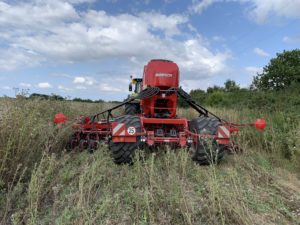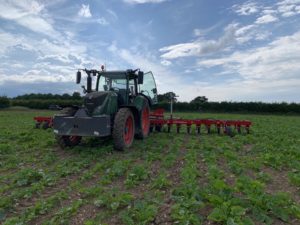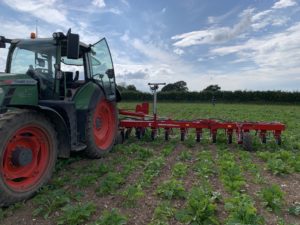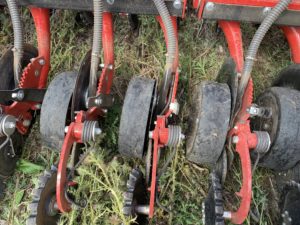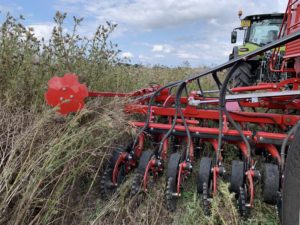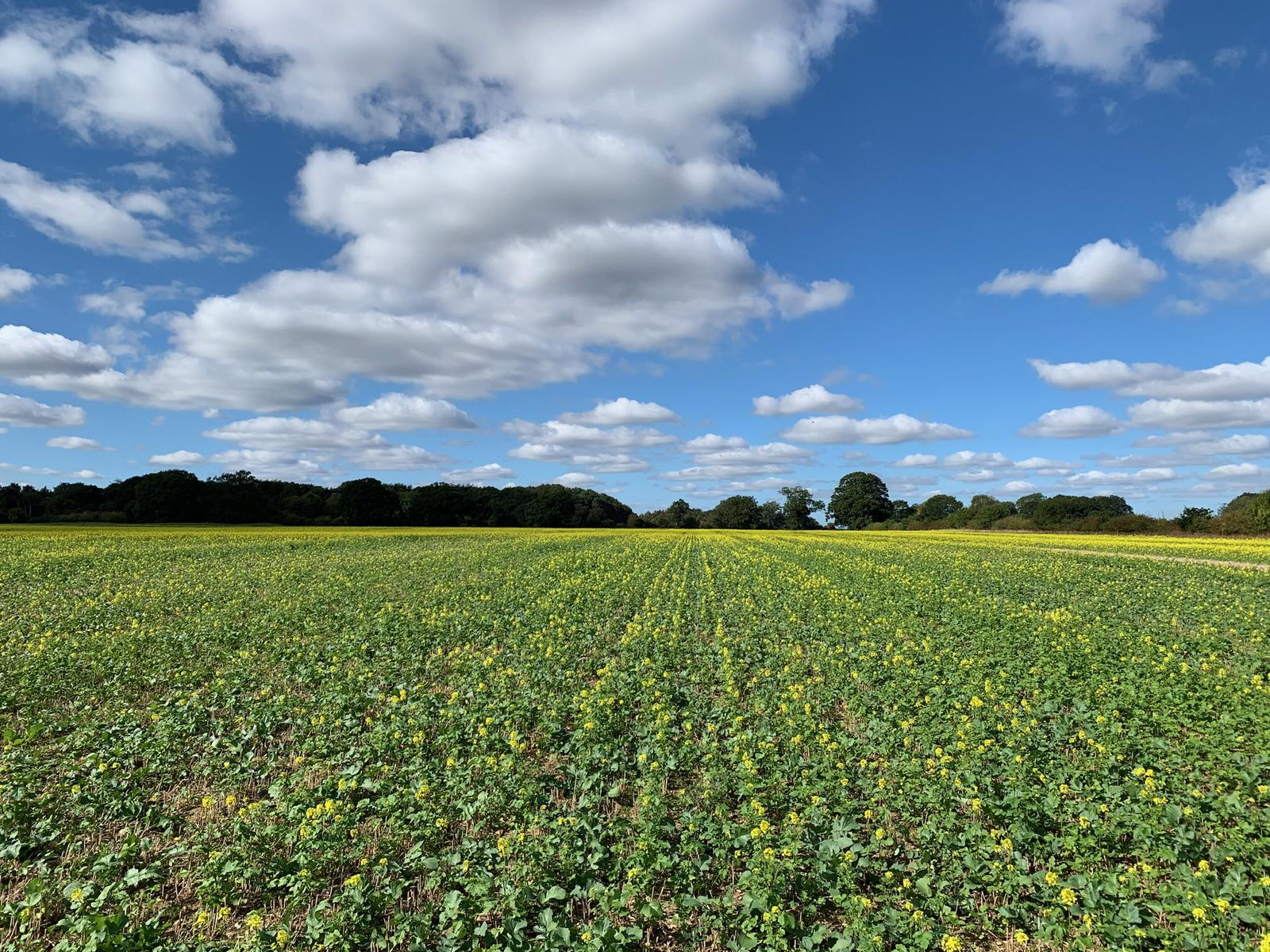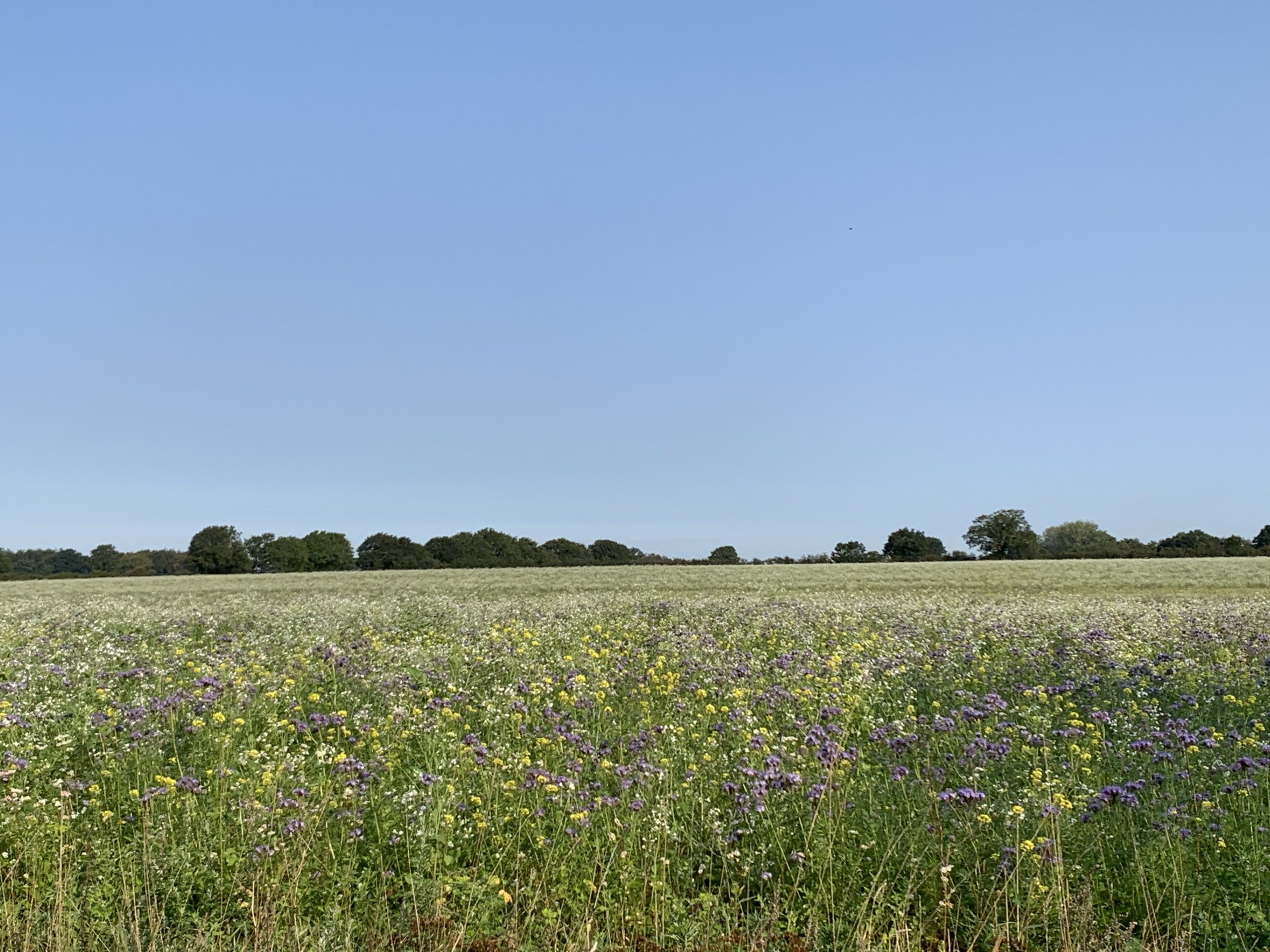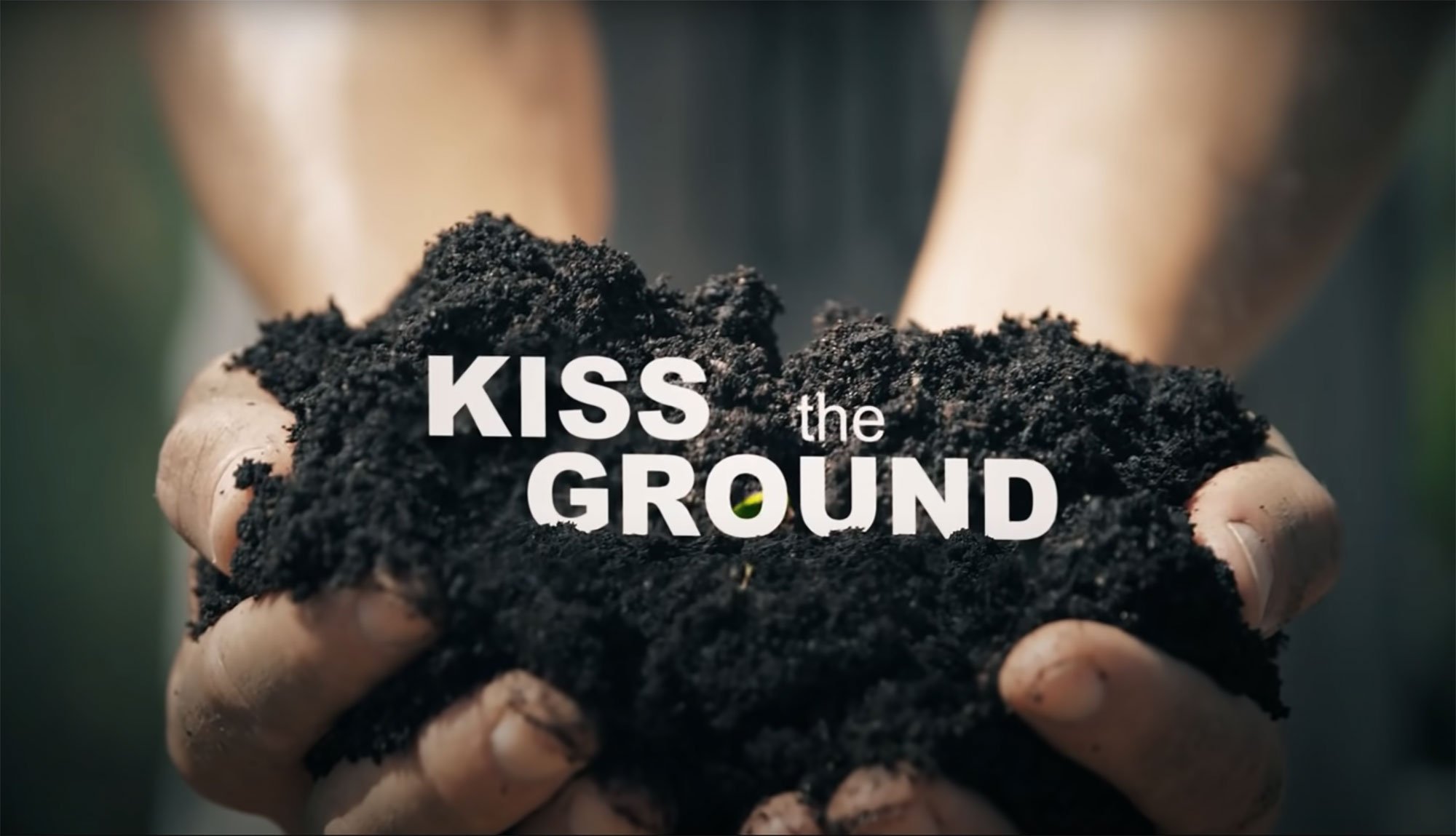In our opinion the benefits of no-till farming are numerous and far outnumber those of tillage-based systems. No-till practices allow the soil structure to stay intact and protect the soil by leaving crop residue on the soil surface. It also Improves our soil structures and increases the soil’s ability to absorb water, this in turn reduces both soil erosion and runoff.
No-till practices are proven to slow evaporation, meaning better absorption of rainwater, ultimately leading to higher yields, something that is especially useful during hot and dry weather like that seen in 2020.
We currently use a Horsch Transformer VF, which allows. Us to hoe between the crop lines with great accuracy and means that we rarely have to use pesticides or any other nasties.
Later this year roller trials, this is a process of flattening the cover crops with a front roller and then drilling the seed at the same time. Not something we have tried before but always keen to push our understanding and find ways of further enriching our soils.

